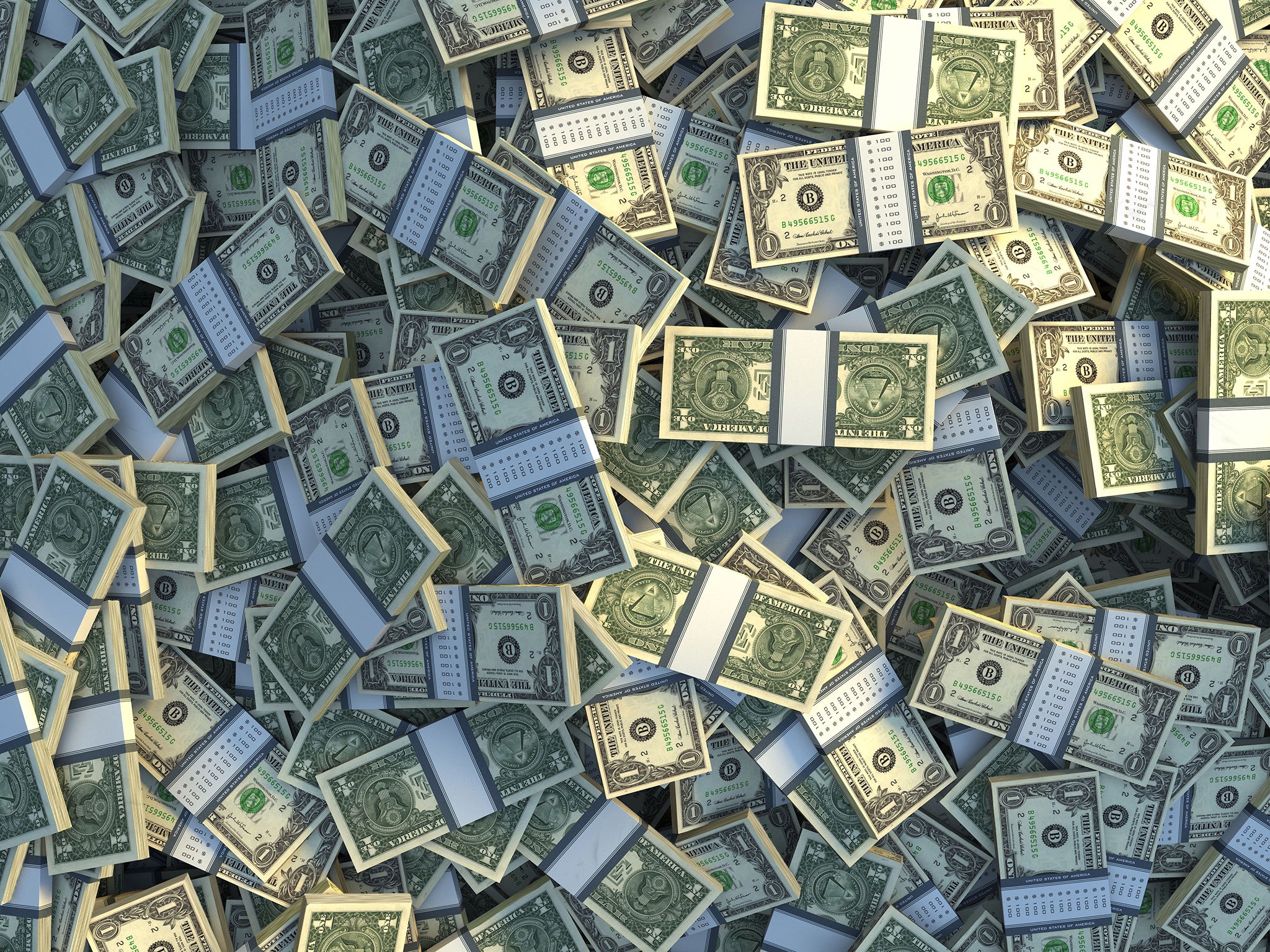The Independent's journalism is supported by our readers. When you purchase through links on our site, we may earn commission.
'Handbag economics' and the other myths that drive austerity
Neoliberal politicians believe that that money can only be borrowed into existence, but that's not the case - and this fiction is forcing governments to resort to drastic measures

The basic justification for austerity is that the public sector must "live within its means". There is a plausibility in the claim that the state is like a household that should not spend more than it earns, but this kind of ‘handbag economics’ draws its analogy from an entirely mythical family budget. We already know that real households do not live within their means; if they did, the economy would grind to a halt. Modern prosperity is built upon debt, and the main aim of economic recovery is to get the banks lending again to both households and businesses.
It is a myth, and it is propping up austerity politics. Another myth is that there is a shortage of money. This implies that there is a fixed pool of money, or some other external factor limiting supply. That might be true if money was made of a scarce resource, such as precious metal, but modern money is mainly held as bank records: only 3 per cent of modern money circulates as cash. The amount of money in existence depends on commercial, political and personal choices.
The widespread concern that there will be too much money in circulation causing inflation has blinded modern economies to the danger of too little money, or that the available money will be hoarded by the rich.
If you ask the question, 'who can create our currency', most people would answer that the state creates money and that the commercial sector circulates it. Yet that general understanding contradicts the political notion that our economy functions well because the private sector "makes money", while the public sector must on no account be seen to "print money". So, where does money come from?
It is now broadly acknowledged that banks create money by making loans. The myth that they only act as a link between savers and borrowers has been exposed for what it is. The failure to recognise the dangers of banks’ capacity to create new money through lending lay behind the 2008/09 financial crisis and its lasting legacy. Debt piled upon debt, until the whole system gave way.
What rescued the financial sector was a combination of states spending money and central banks issuing new money through loans and policy measures such as quantitative easing (using new money to buy financial assets from the financial sector). The austerity myth that damaged the public sector most significantly was the claim that states could not create money, they could only borrow from the banking sector.
There is no reason a public monetary authority should treat the public sector as if it were a private borrower. The ideology of neoliberal 'handbag economics' ensures that the public capacity to create money must only be exercised through the financial sector; that is, money can only be borrowed into existence. This leads to austerity, for two reasons.
The collapse in debt issue during a crisis leads to a shortage of money which shrinks the commercial sector and thus the tax take, while at the same time increasing pressure on public welfare. The assumption that the surplus public expenditure needed to rescue both people and banks is being "borrowed" in some way drives up overall public debt. Even where money was clearly created to buy back public debt through quantitative easing, the debt was not cancelled. It still sits on the government books, justifying ever increasing austerity policies.
Austerity will not drive out deficit spending, despite all the pain, and the threat of deflation is leading to radical measures. Years of virtually free money, and even negative interest rates, are not reviving flagging economies. Measures such as 'helicopter money' - creating new money and giving it directly to the people or the government to spend - are being considered just to put money back into people’s pockets. Ideas such as the universal basic income are being tested through pilot projects, for example in Utrecht. What is important is that this should be new money, not based on tax or public borrowing.
We are repeatedly told that states need to "balance the books", in the sense that they must limit expenditure to the tax take. The public capacity to create money shows that this is not the case. And as government expenditure occurs alongside tax payments, there is always uncertainty about the final balance. Rather than tax take determining public income, the level of available tax money can be seen as determined by the level of public spending. Rather than austerity, the balance between expenditure and tax can be high, creating public wealth in terms of goods and services as well as commercial prosperity.
Austerity reflects an ideology that sees the public sector as a drain upon the activities of the private sector. And that is the biggest myth of all. It is the public capacity to create and circulate public wealth, and guarantee a public currency, that sustains commerce. We need an economic policy that understands that.
Mary Mellor is an emeritus professor of social science at Northumbria University and the author of 'Debt or Democracy: Public money for sustainability and social justice’
Join our commenting forum
Join thought-provoking conversations, follow other Independent readers and see their replies
Comments